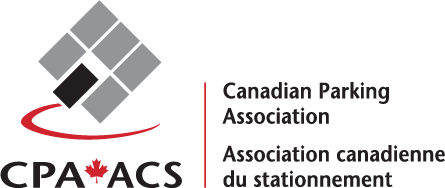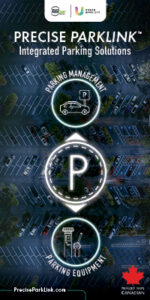By Neša Matic and Dwight Deugo
The proliferation of mobile devices and our reliance on them for a multitude of our daily tasks and activities has had an impact on the way we use parking services.
Today, mobile parking services, which are relatively new in Canada, are bringing the benefits of improved convenience of mobile payment and mobility. However, they are also seen as the first steps towards the future of mobile parking, where social media, location-based services and machine-to-machine communications (M2M) play important roles.
While the market adoption of smartphones is shifting the mobile landscape towards high-end users with growing data plans, mobile parking systems aiming to capture wider audiences will continue to embrace the mobile “basics”: text messaging (SMS, short messaging service) and voice technologies (voice recognition). By taking this approach, they significantly expand their target market of prospects and customers, including non-data mobile users (pre-paid), and are able to cater to a wide variety of devices (iOS, Android, Windows).
In Ottawa, there are a few mobile parking payment systems already in operation. This article looks at one such system currently deployed at Carleton University and Algonquin College, through the eyes of two of its users and two of its vendor parking managers. The graphs below show the adoption rate of mobile parking payments at the Carleton University and Algonquin College.

Emilie is a Carleton University student. She normally uses public transportation, but twice a week she drives her father’s car to school. Emilie’s father registered his credit card and Emilie’s mobile phone details with Carleton University’s mobile parking payment system so she can use her mobile phone when parking in one of the university’s lots.
Always in a hurry, Emilie is often late for class. She parks her car in the P1 parking lot…





